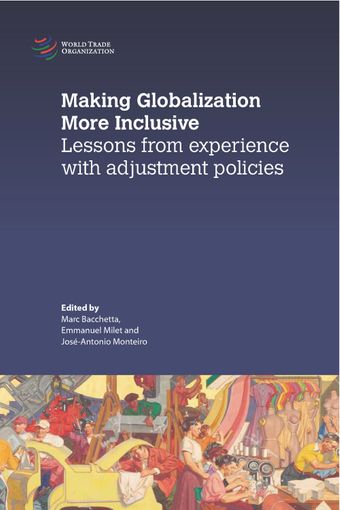German Employment Legislation and its Impact on the Trade and Labour Market Nexus

- De: World Trade Organization
- Source: Making Globalization More Inclusive , pp 87-112
- Publication Date: octubre 2019
- DOI: https://doi.org/10.30875/b8f5948d-en
- Idioma: Inglés
Motivated by Germany’s economic weakness and high labour market inflexibility, The Economist (1999) once described the country as “the sick man of the euro”. The public debate surrounding this statement considered Germany as one of the major threats to the euro, due to its persistently high rates of unemployment since the mid-1970s. The rather low levels of job creation were presumed to be caused by labour market institutions, including restrictive employment protection, a high level of union coverage and a generous welfare system. The German Government started to transform the labour market legislation at the beginning of the 21st century, by giving particular enterprises more flexibility in hiring and firing their employees as part of an in-depth labour market reform programme. Other adjustments included lower unemployment benefits and various active labour market policies. Consequently, unemployment rates in Germany were plummeting shortly after the enforcement of the reforms. Today, Germany’s rate of unemployment is at a record low level of 3.4 per cent, which is the second-lowest rate in the European Union (EU). To some extent, this success is an achievement that can be attributed to the rigorous labour market reforms.
-
From This Site
/content/books/9789287050588c008dcterms_subject,pub_countryId-contentType:WorkingPaperSeries -contentType:Periodical -contentType:BookSeries -contentType:ReportSeries105


